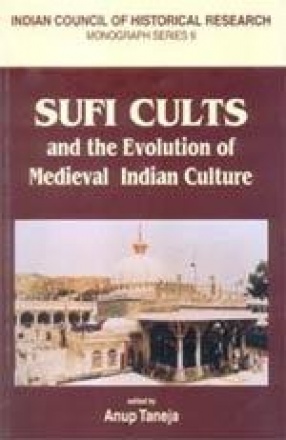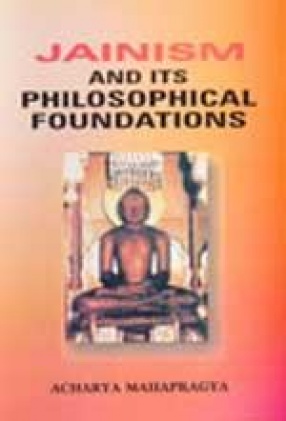This monograph is a humble attempt at a scholarly presentation of the various facets of the evolution and spread of the Sufi influence in India and a critical evaluation of the role played by the Sufi saints (belonging to different silsilas) both by way of disseminating the Sufi ideology among the Indian masses and also assimilating and imbibing into their own ideology some of the indigenous spiritual practices and techniques as practised by the Hindu yogis and siddhas, thus paving the way in the process for the establishment of a pluralist society in India on a firm footing. Among the galaxy of Sufi saints who came to India, the four names which stand out prominently are Shaikh Mu’in-ud-Din Chishti, Shaikh Farid-ud-Din Ganj-i-Shakar (Baba Farid), Shaikh Nizam-ud-Din Auliya and Amir Khusrau. Shaikh Mu’in-ud-Din came to India at the close of the twelfth century. On the occasion of his ‘urs, lakhs of people congregate to pay obeisance to the great Sufi master at his dargah in Ajmer. Today the dargahs of the great Sufi masters have become objects of veneration and places of pilgrimage for lakhs of devout people owing allegiance to different religious belief systems. These holy places stand as epitomes of communal harmony and universal love and brotherhood.
Sufi Cults and the Evolution of Medieval Indian Culture
In stock
Free & Quick Delivery Worldwide
Bibliographic information
Title
Sufi Cults and the Evolution of Medieval Indian Culture
Author
Edition
1st ed.
Publisher
ISBN
8172111452
Length
viii+327p., Notes; References; Bibliography; Index; 25cm.
Subjects







There are no reviews yet.